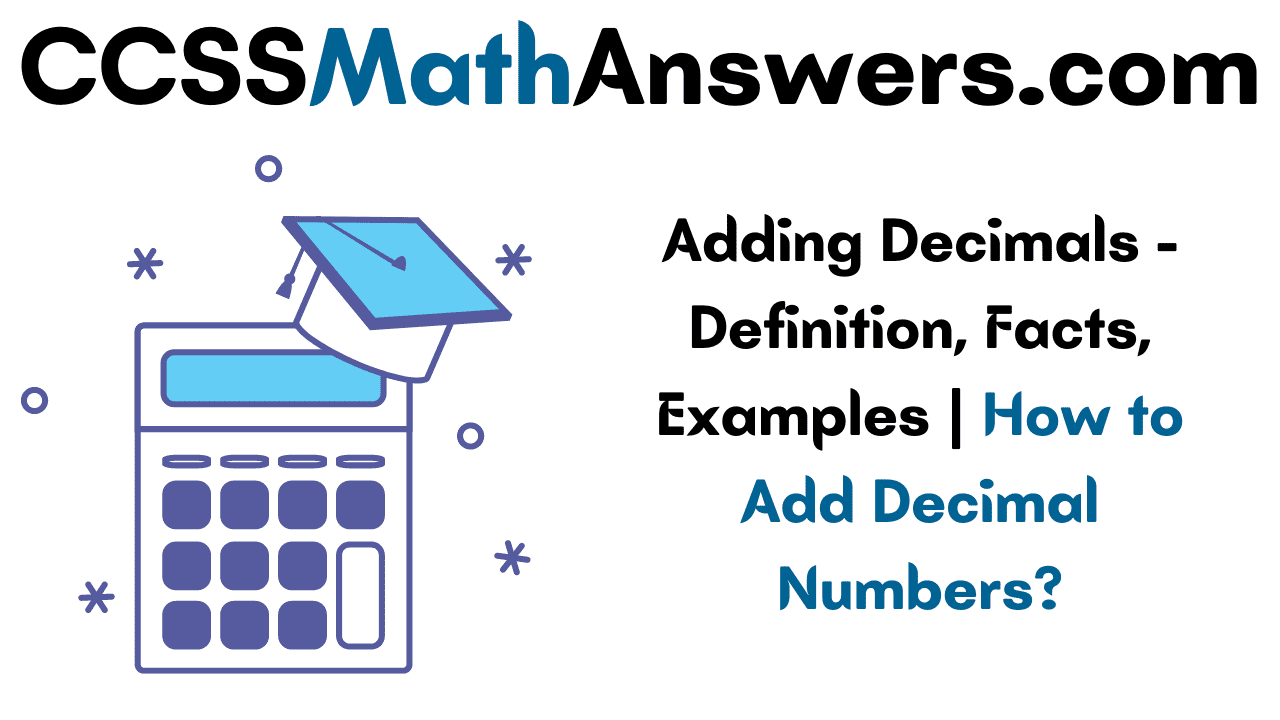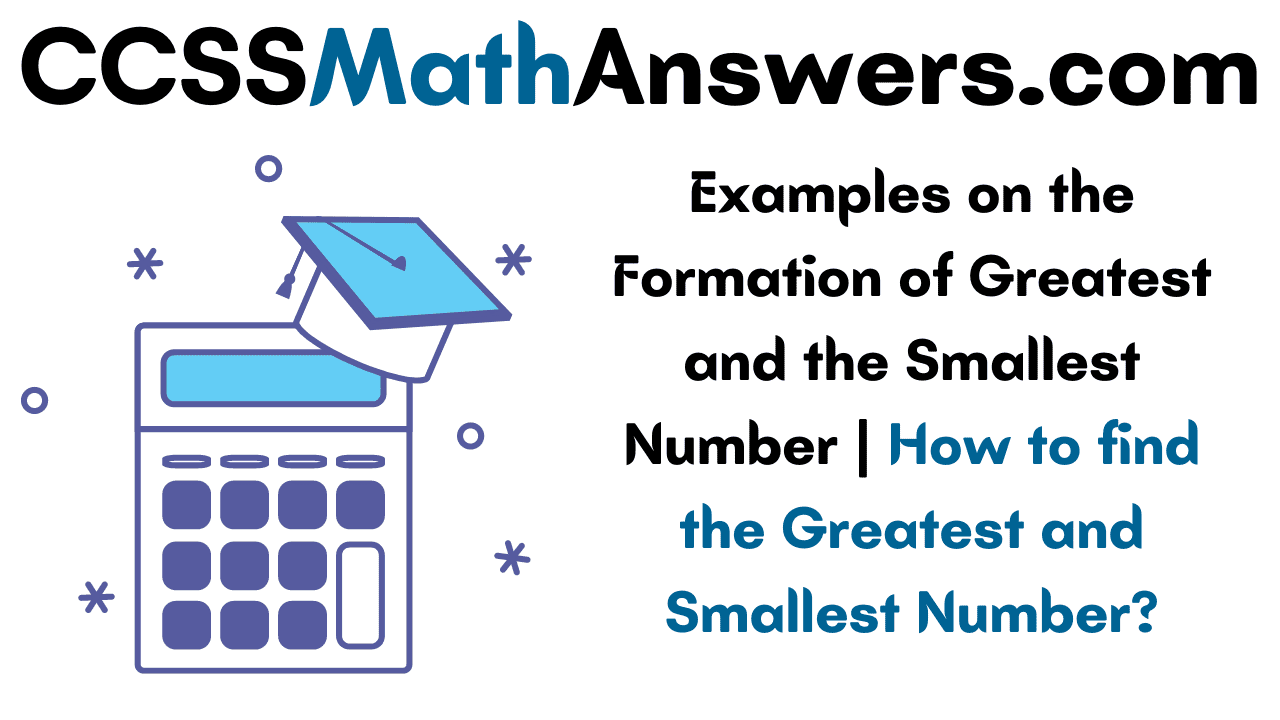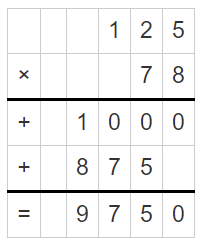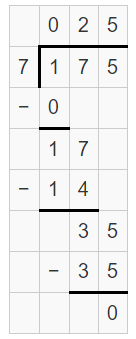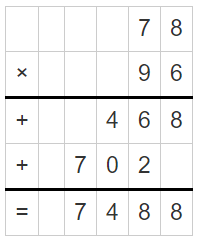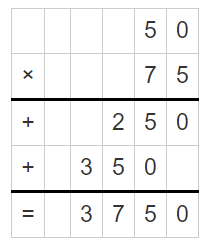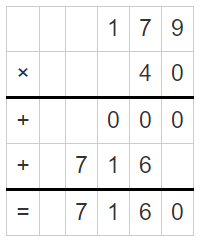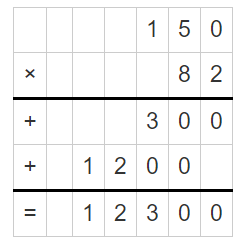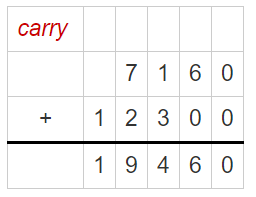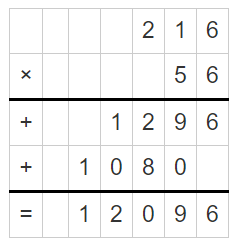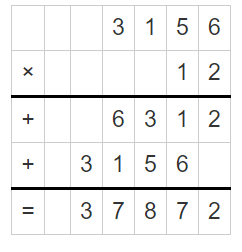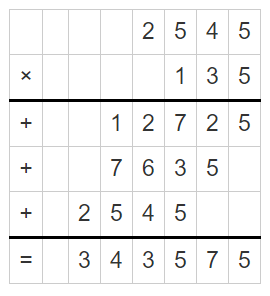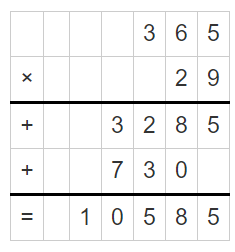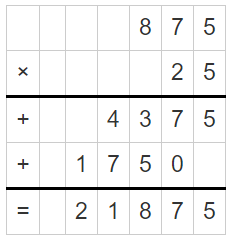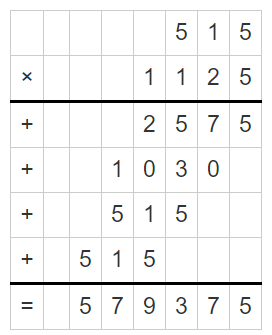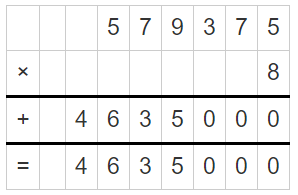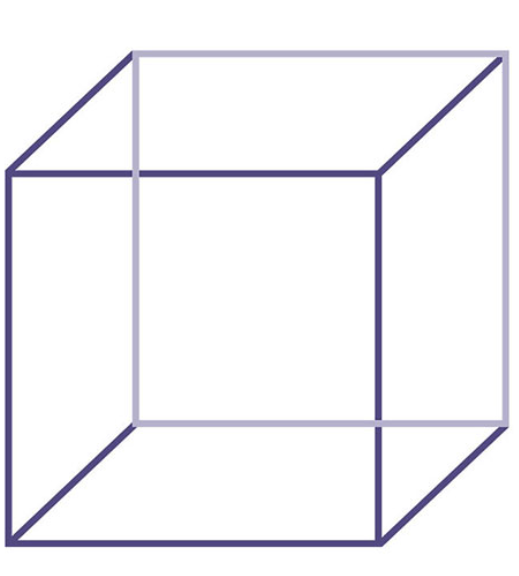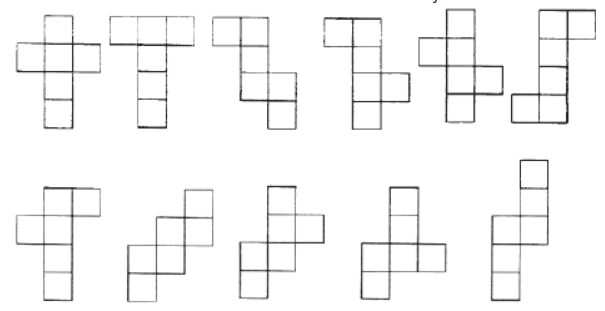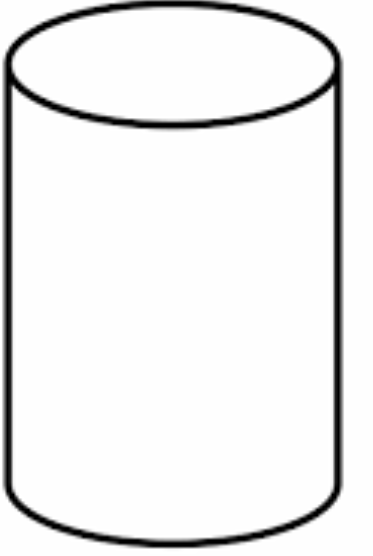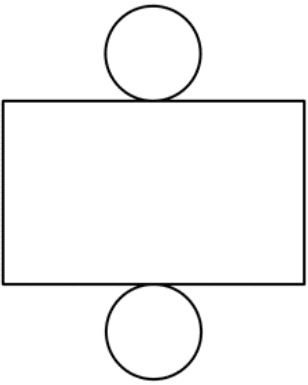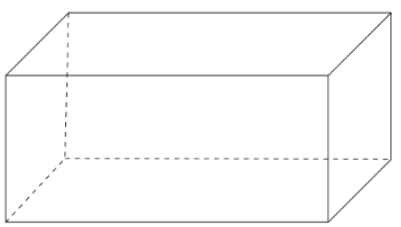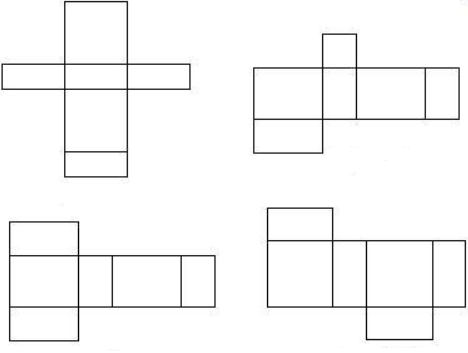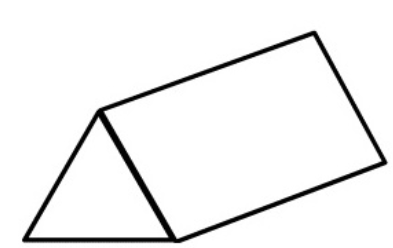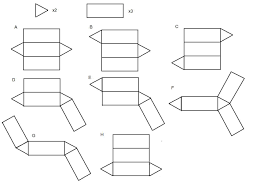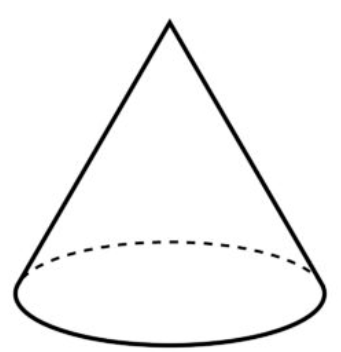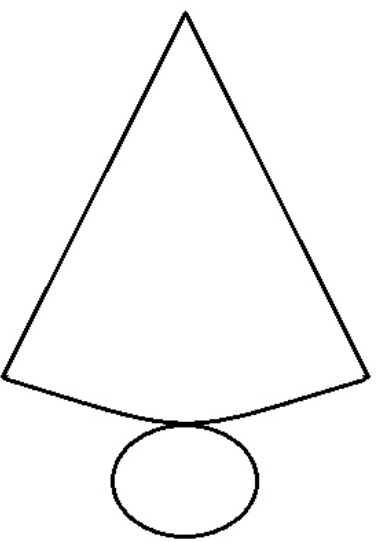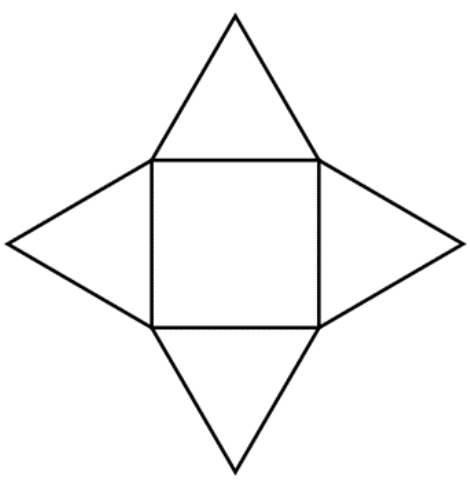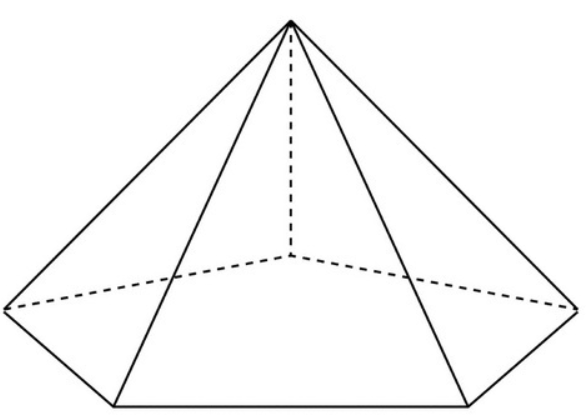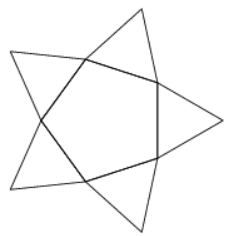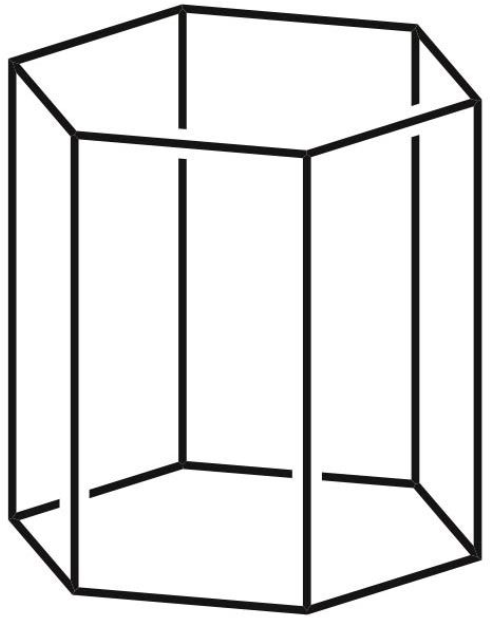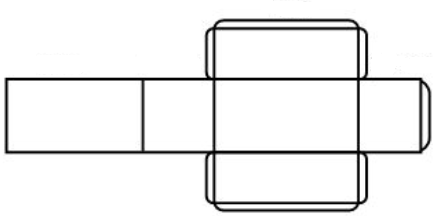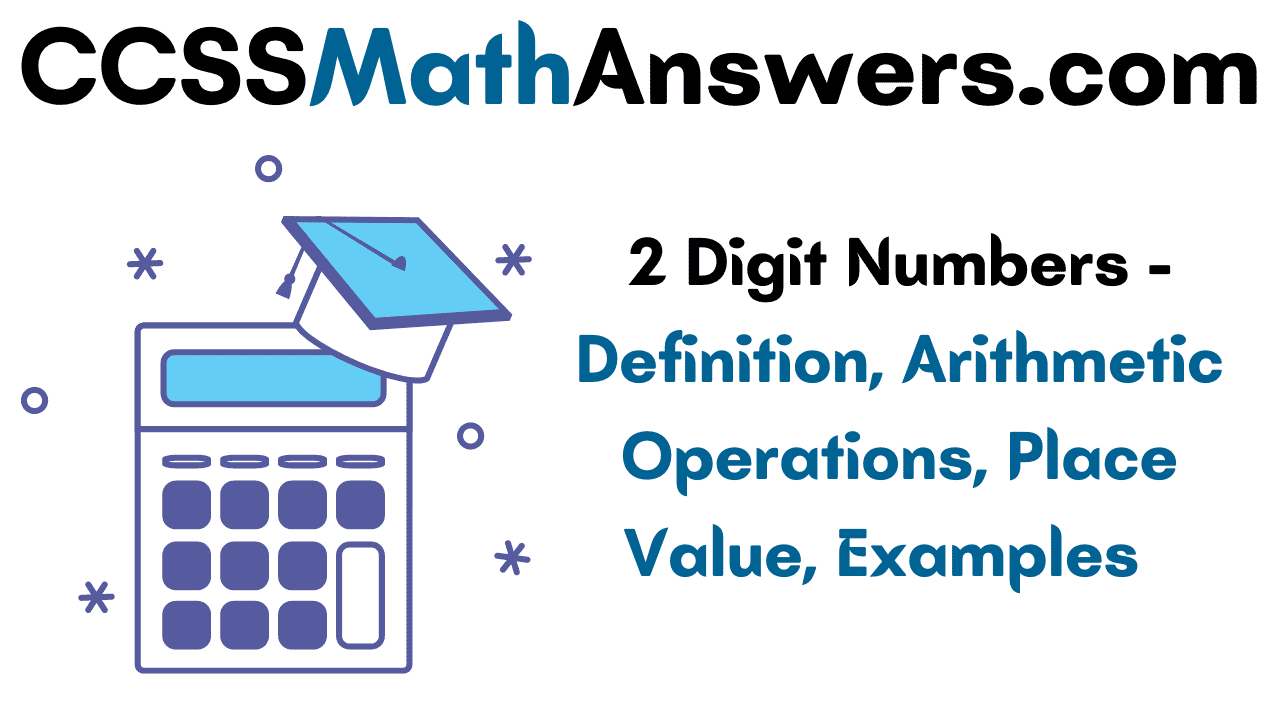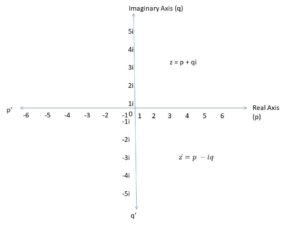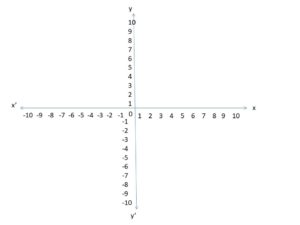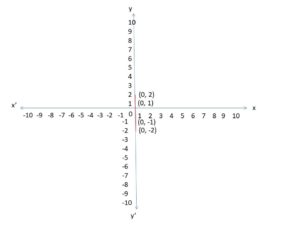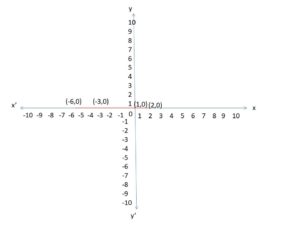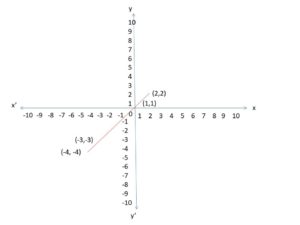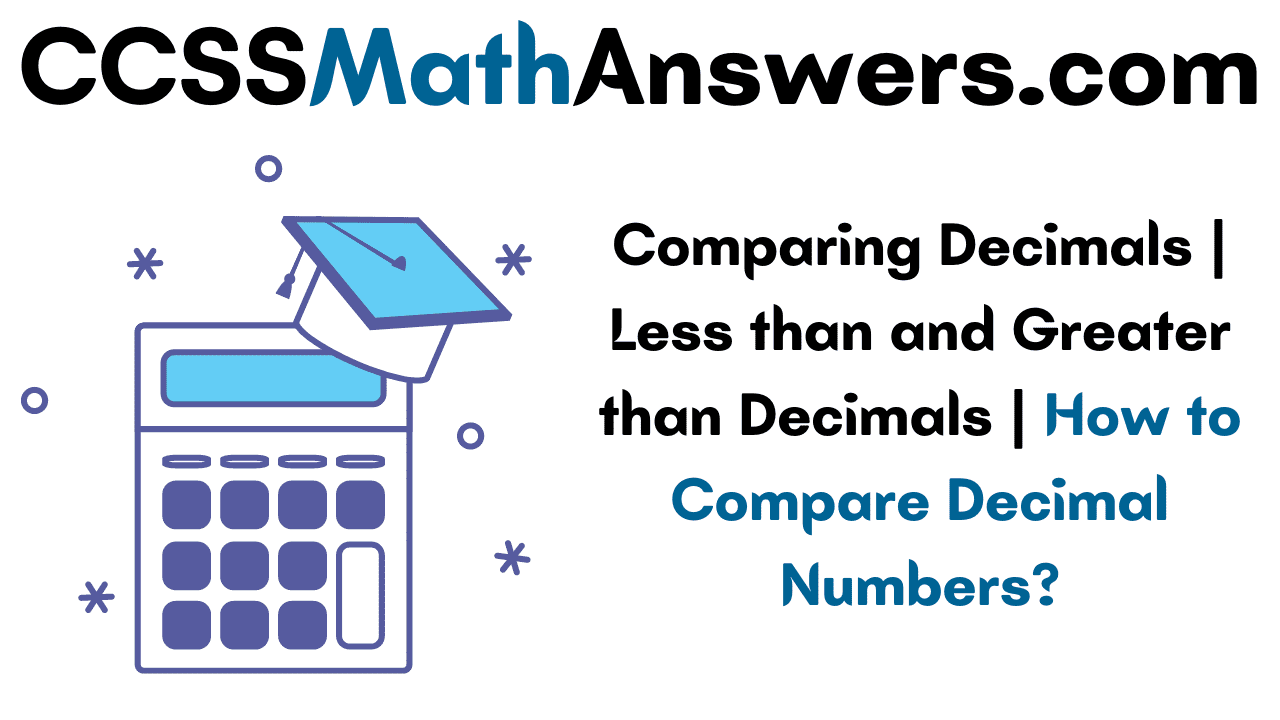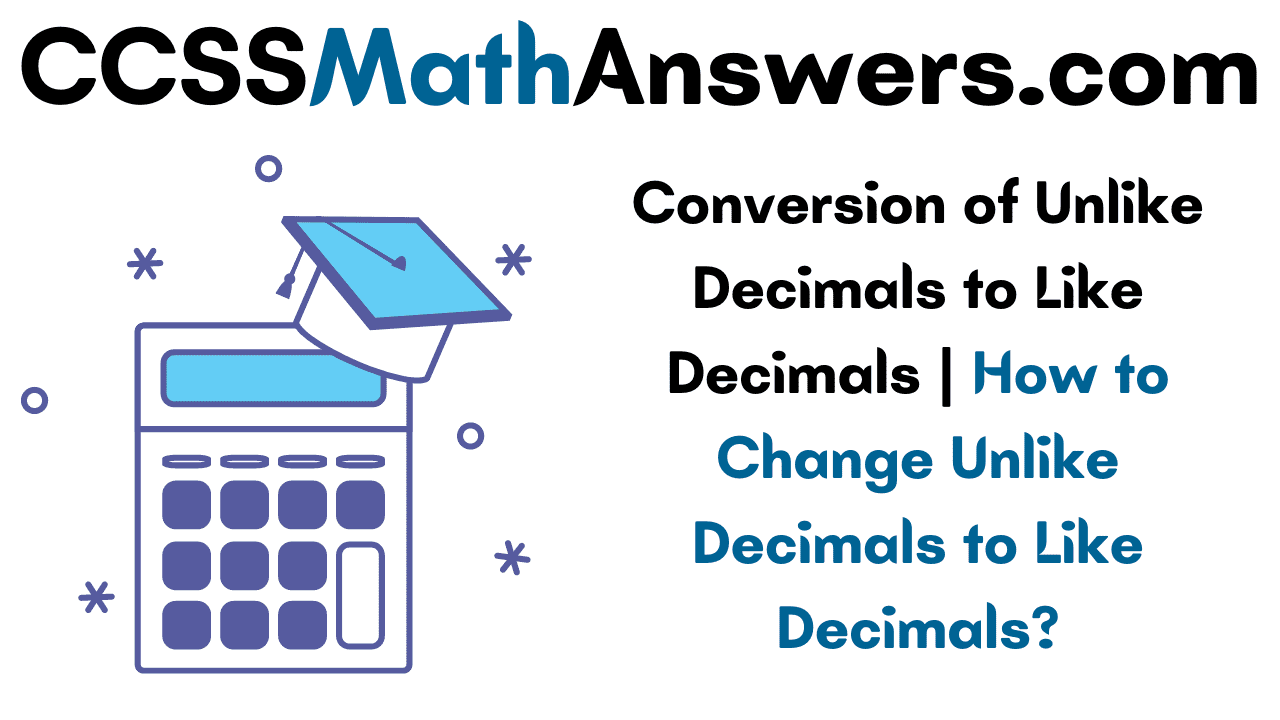Do you want to know how to form the greatest and smallest numbers using the digits? If yes, then stay tuned to this page. On this page, students can learn about the detailed steps to form the largest and smallest numbers with their definitions. We have also covered plenty of examples on the formation of the greatest and the smallest numbers in the below-mentioned sections.
What is Greatest and Smallest Number?
The greatest number is a number which is having the highest value when compared with other numbers. And we can also say that the largest number has all the digits arranged in descending order. The position of the digit at the extreme left of a number increases its place value. So the greatest digit from the given digits must be placed at the extreme left side of the number to raise its value.
The smallest number is a number that is having the lowest value compared with other numbers. In the lowest number, the digits are arranged in ascending order. If the given digits have 0, we never write 0 at the extreme left place, instead write at the second place from the left to get the smallest number.
Detailed Process on Formation of Greatest and the Smallest Number
Check out the step-by-step process of forming the greatest and smallest numbers from the given digits along the lines.
- To form the greatest numbers from the given digits, arrange the digits in descending order. And the extreme left digit has the highest value when compared with others.
- To form the lowest numbers from the given digits, arrange the digits in ascending order. And the extreme left digit has the lowest value compared with other digits.
- If there is a 0, then don’t write 0 at the extreme left position instead place it at the second place from the left to obtain the lowest number.
Example:
Form the greatest and smallest number using the digits 5, 4, 8, 6.
To form the greatest number, follow these steps.
- The smallest digit is placed at one’s place
- The next greater digit at ten’s place and so on
- The greatest digit is placed at the highest place of the number
To form the smallest number, follow the reverse procedure
- The greatest digit is placed at one’s position
- The next smaller digit is placed at ten’s position and so on.
- So, the smallest digit is placed at the highest place of the number.
The ascending order of the numbers 4, 5, 6, 8
So, the smallest number is 4568.
The descending order of the numbers 8, 6, 5, 4
So, the greatest number is 8654.
Also, Read
Worked Out Examples on the Formation of Greatest and the Smallest Number
Example 1:
Write the greatest and smallest 4 digit numbers using the digits 1, 0, 8, 4
Solution:
The given digits are 1, 0, 8, 4.
We know that the four-digit number has four places those are thousands, hundreds, tens, and ones. If the given digits are arranged in descending order (from greatest to lowest value), we get the greatest number. If digits are arranged in ascending order (from lowest to highest), we get the smallest number.
The descending order is 8 < 4 < 1 < 0.
The ascending order is 0 < 1 < 4 < 8.
Th H T O
Greatest number 8 4 1 0
Lowest Number 1 0 4 8
As the given digits have 0, place zero at the second-highest position i.e hundredth position.
So, the greatest number using the digits 1, 0, 8, 4 is 8410.
The smallest number using the digits 1, 0, 8, 4 is 1048.
Example 2:
Write the greatest and smallest 5 digit number using the digits 7, 5, 6, 8, 2.
Solution:
The given digits are 7, 5, 6, 8, 2.
Tth Th H T O
Greatest number 8 7 6 5 2
Smallest number 2 5 6 7 8
Arrange the given digits in the descending order 2 < 5 < 6 < 7 < 8.
To get the greatest number, the greatest digit 8 is placed at the highest valued place, i.e., ten thousand place, next smaller digit 7 at thousands place, next smaller digit 6 at hundred’s place, still smaller digit 5 is placed at ten’s place and the smallest digit 2 at one’s or units place.
Therefore, the greatest 5 digit number using the digits 7, 5, 6, 8, 2 is 87652.
Arrange the given digits in the ascending order 8 > 7 > 6 > 5 > 2.
To get the smallest number, the greatest digit 8 is placed at the lowest valued place i.e one’s place, next highest digit 7 is placed at ten’s place, next highest digit 6 is placed at hundred’s place, still greatest digit 5 is placed at thousand’s place, remaining digit 2 is placed at ten thousand place.
Therefore, the smallest 5 digit number using the digits 7, 5, 6, 8, 2 is 25678.
Example 3:
Write the greatest and smallest 5 digit number using 1, 2, 5. The digit may be repeated.
Solution:
The given digits are 1, 2, 5.
Tth Th H T O
Greatest number 5 5 5 2 1
Smallest number 1 1 1 2 5
Arrange the given digits in the descending order 1 < 2 < 5
Since we have to make the greatest 5 digit number using 3 digits, we will repeat the greatest digit required a number of times.
To get the greatest number, the greatest digit 5 is placed at the highest valued place, i.e., ten thousand place, next smaller digit 5 at thousands place, next smaller digit 5 at hundred’s place, still smaller digit 2 is placed at ten’s place and the smallest digit 1 at one’s or units place.
Therefore, the greatest 5 digit number using the digits 1, 2, 5 is 55521.
To get the smallest number, the smallest digit 1 is placed at ten thousands-place, next greater digit 1 at thousand’s place, still greater digit 1 at hundred’s place, next greatest digit 2 is placed at ten’s place, and greatest digit 1 at one’s or units place.
Therefore, the smallest 5 digit number using the digits 1, 2, 5 is 11125.
Example 4:
Write the greatest and smallest 4 digit number using 8, 7, 1, 4.
Solution:
The given digits are 8, 7, 1, 4.
Th H T O
Greatest number 8 7 4 1
Smallest number 1 4 7 8
Arrange the given digits in the descending order 1 < 4 < 7 < 8
The greatest number using the digits 8, 7, 1, 4 is 8741.
To get the smallest number, we arrange the digits in ascending order.
Ascending order of 8, 7, 1, 4 is 8 > 7 > 4 > 1.
The smallest number using the digits 8, 7, 1, 4 is 1478.
FAQs on Formation of Greatest and Smallest Numbers
1. How to obtain the greatest and the smallest among the group of numbers?
The greatest number among the number of numbers is obtained by arranging the group of digits in the descending order and writing the numbers as it is. The smallest number is obtained by arranging the group of digits in the ascending order and representing them as it is.
2. Which is the greatest and smallest 4 digit number?
The greatest 4 digit number is 9999 and the smallest 4 digit number is 1000.
3. What is the ascending order?
The process of arranging the group of numbers or items of the same category from the lowest to the highest in value is called the ascending order.
